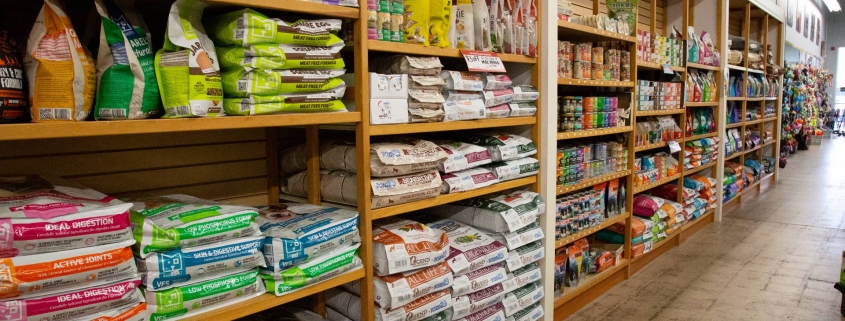Is ‘Holistic’ Pet Food Safer?
The word holistic started gaining traction in the late 1960’s and has been increasing in popularity ever since. The word has many different meanings to many different people. For most, the word brings about thoughts of wholesome, healthy, natural, fresh, etc. It’s evolved to invoke an emotional response to pet owners. As such, we’re conditioned to think holistic represents at least some level of quality, purity, or healthfulness of a pet food product bearing the term. It gives us a sense of confidence and trust in the product. But what is special about pet food packaging that proudly claims the product is holistic? Are there any guarantees?
Let’s start by looking up the word in the Meriam Websters dictionary. It lists two definitions of the word holistic:
PHILOSOPHY
Characterized by comprehension of the parts of something as intimately interconnected and explicable only by reference to the whole.
MEDICINE
Characterized by the treatment of the whole person, taking into account mental and social factors, rather than just the symptoms of a disease.
Given these definitions, it’s obvious that the pet food industry has warped consumers’ perception of what holistic means. Neither of these definitions really apply to pet food, or guarantee its quality. In fact, it seems that the consumers perception of what this means is entirely different.
Pet Food Definition of Holistic
A little secret in the pet food industry is that the Association of American Feed Control Officials (AAFCO) defines various terms for pet food. This can mean that the definition of a word in the dictionary can be very different than the AAFCO definition. Examples include terms like natural and organic – the AAFCO definition of these terms is very specific and not at all what the average person would expect.
Even more surprising is that in the pet food industry terms like ‘holistic’, ‘biologically appropriate’ and ‘super-premium’ have no definition and are there just to catch your eye. In other words, these terms plastered all over pet food, treat and supplement packaging tells a story to the consumer that might be purely fictional. This is known as “puffery” – or in other words subjective, rather than objective views. This practice is not exclusive to the pet industry, as it is common in many industries. Puffery serves to “puff up” an exaggerated image of what is being described.
The term holistic doesn’t have a definition in regard to pet food, supplements, or treats. It’s just marketing. Because the term holistic is not regulated it offers no guarantees on the quality and sourcing of the ingredients or the nutritional value or digestibility of the product. Knowing this, it is frustrating to walk the aisles of a pet food store or visit pet food company websites only to see the term used to describe their brand and quality of products. Further, a simple google search of “best holistic pet foods” will reveal various ‘Top Pet Food’ lists claiming benefits and ranking of holistic products, some even with holistic in the name. Sadly most, if not all, of these lists do not use meaningful or tangible nutritional benchmarks to rank pet foods. Instead, they are ranking foods based largely on marketing hype.
These facts do not necessarily mean that foods claiming to be ‘holistic’ are bad. It just means that you may have to do some homework to determine the quality and nutritional adequacy of the product.
So, What Gives?
Any company can use the term holistic on their packaging and describe their product without having to meet any standards whatsoever. So, what should you know when choosing your pet’s food? When evaluating or choosing your pet’s food it’s important to review the ingredient panel and guaranteed analysis. Unfortunately, this simply isn’t good enough. One of the best ways to evaluate your pet food is to reach out to the company and ask some direct questions to determine how they validate their nutritional adequacy, product safety and how transparent they are. Learn more about what questions to ask here.






